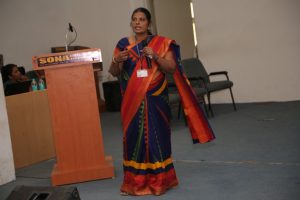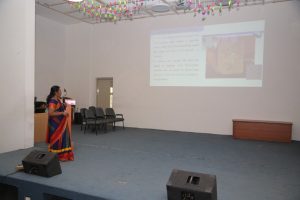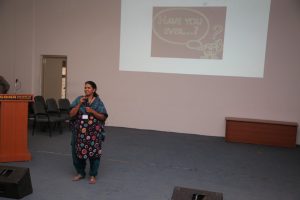Date/Time
Date(s) - 23/02/2019
5:00 pm - 6:00 pm
Location
PG Auditorium
Categories
The appearance, component materials, energy efficiency and environmental impact of habitable structures has changed dramatically over recent years due in large part to the successful standardization of new materials, processes and technologies. World is witnessing construction of very interesting projects in all sectors of Infrastructure. High rise structures, underwater construction, residential/commercial blocks, architectural buildings, etc., Majority of the structures are in structural concrete. The functional demands of such high rise structures include the use of durable materials. High Strength Concrete, Self–compacting Concrete are gaining widespread acceptance. Apart from the basic structural materials, modern projects require a variety of secondary materials for a variety of purposes such as Sensi tiles that transfer light using fibre–optic channels, Flexicomb made of closely packed polypropylene tube used for lighting fixtures, sculptures, Self-repairing cement to automatically repair cracks, Low emissive glass to reduce energy consumption, reflects heat and allows light to pass through. Wave benders are engraved into steel plate to bend or refract elastic and acoustic waves protecting structures from seismic events. Awareness has to be created among practicing engineers to incorporate these materials in their future project to achieve sustainability and reduce environmental impacts.






